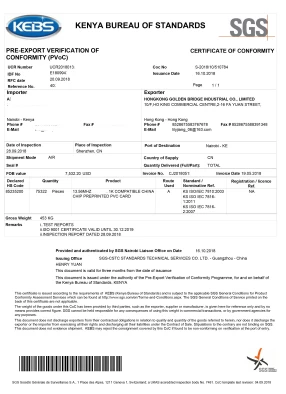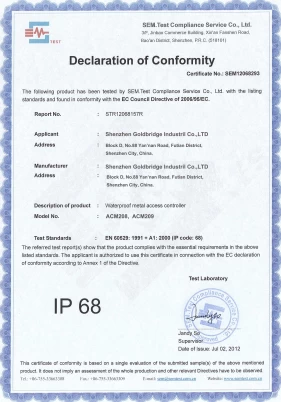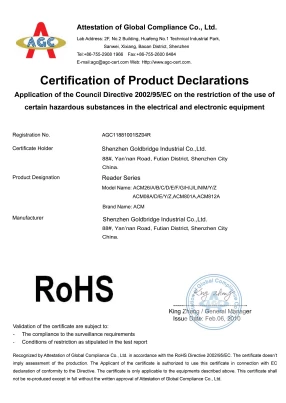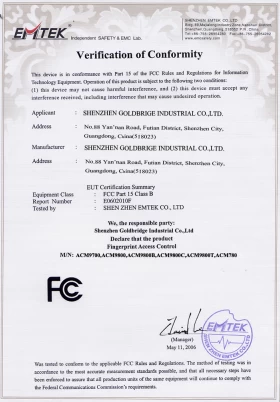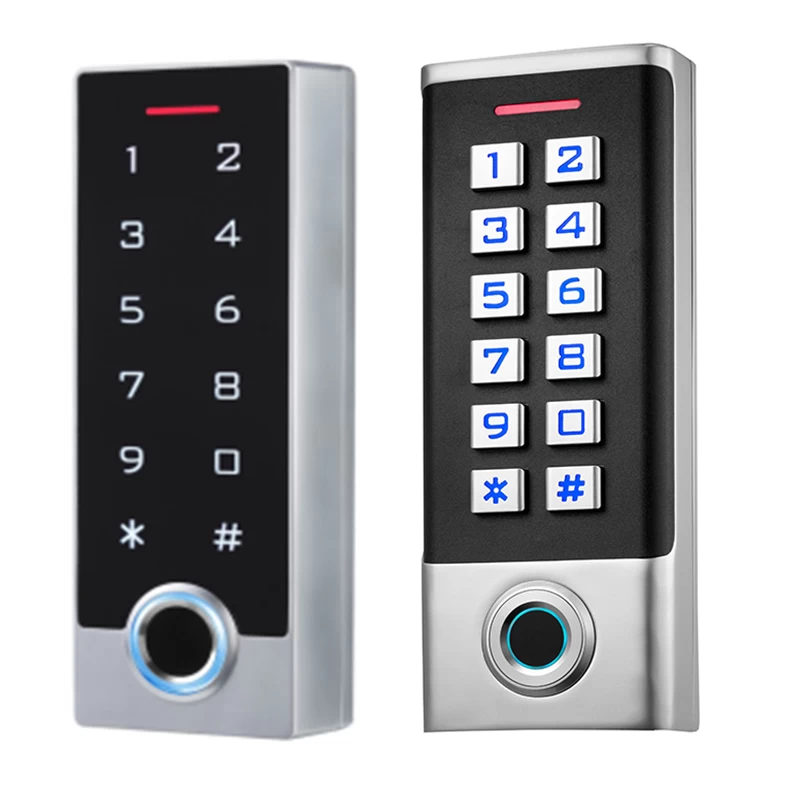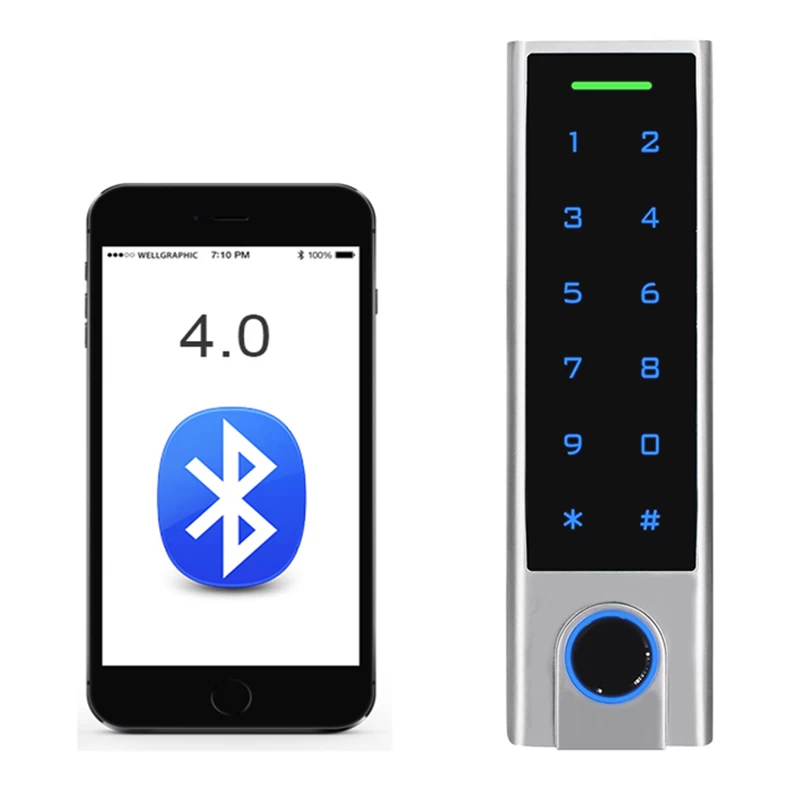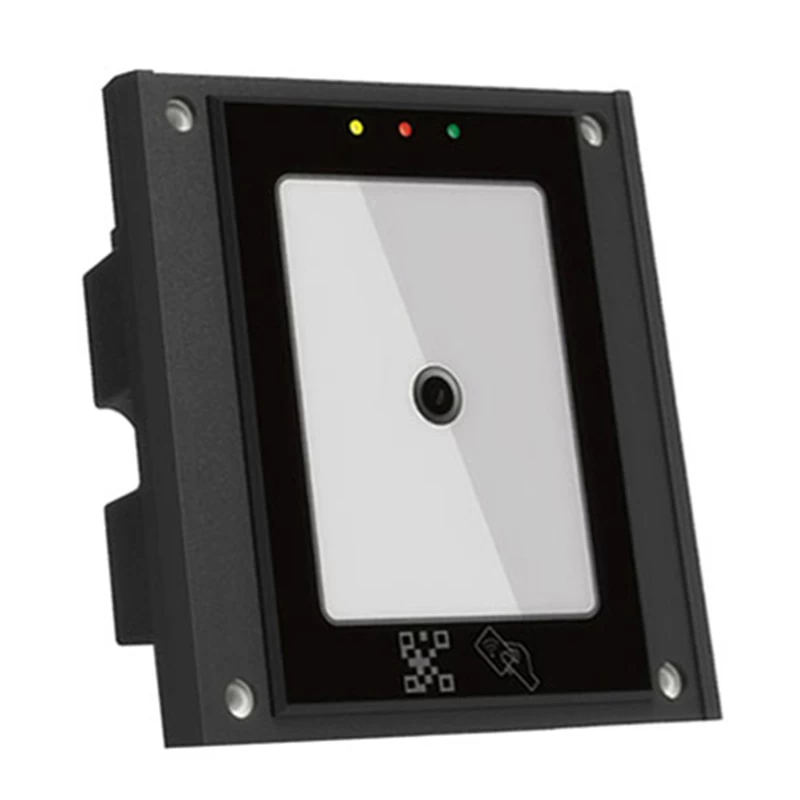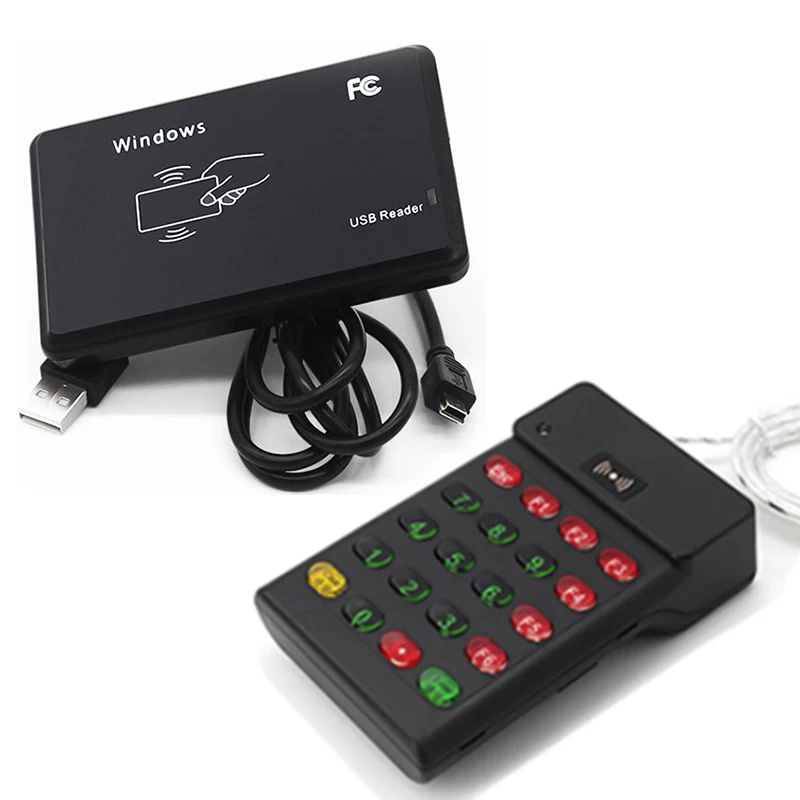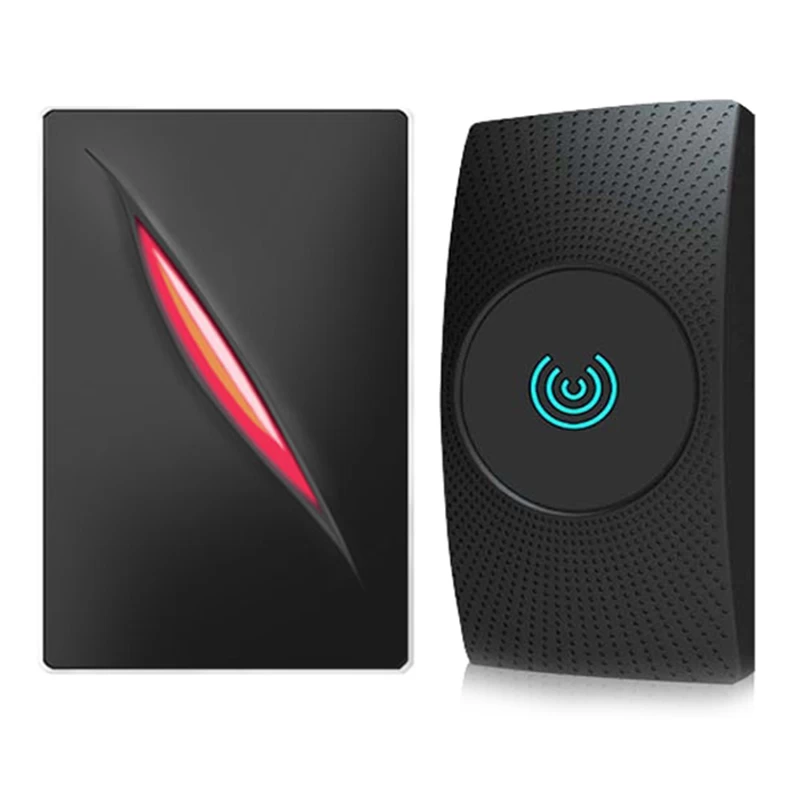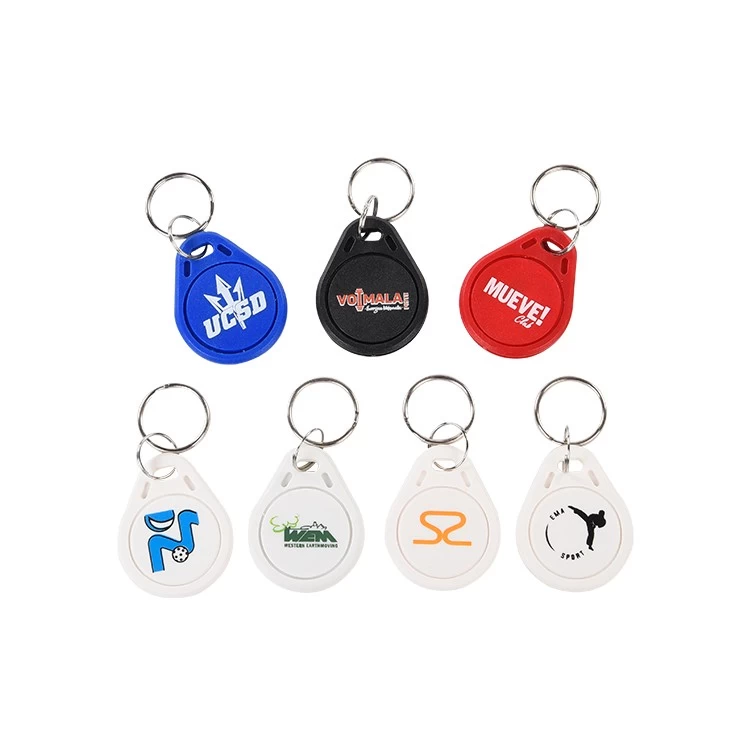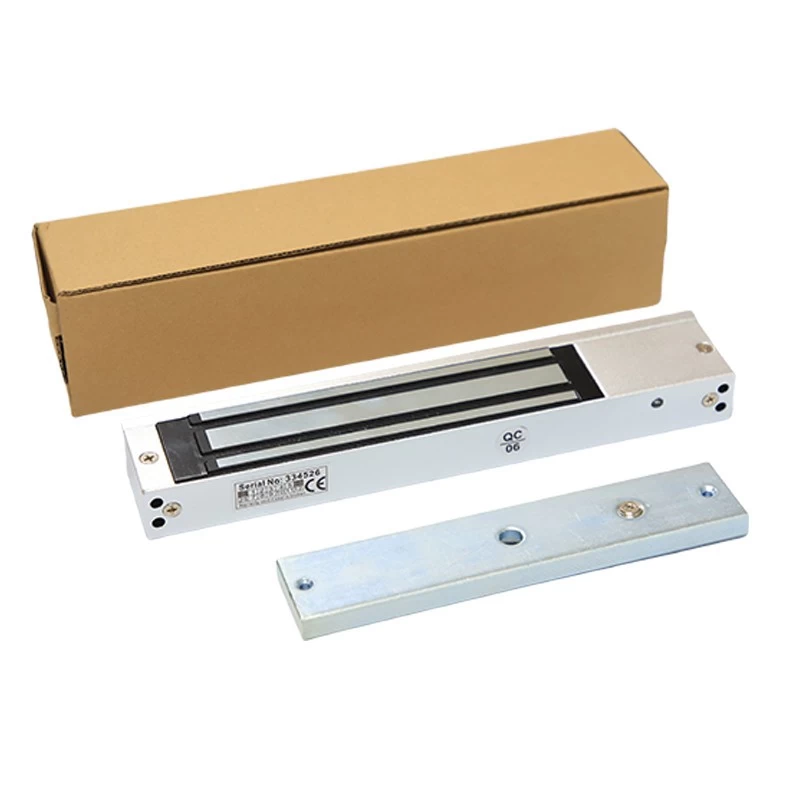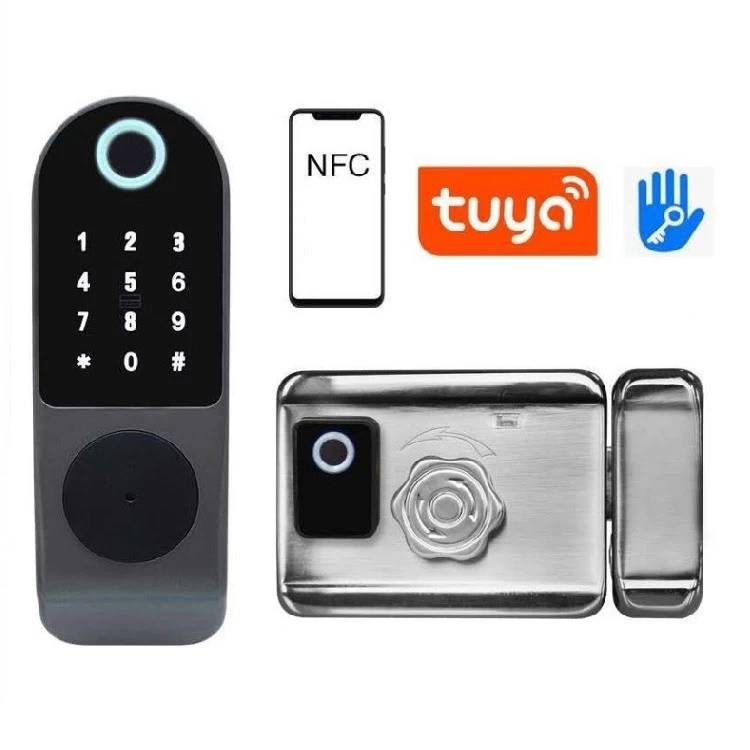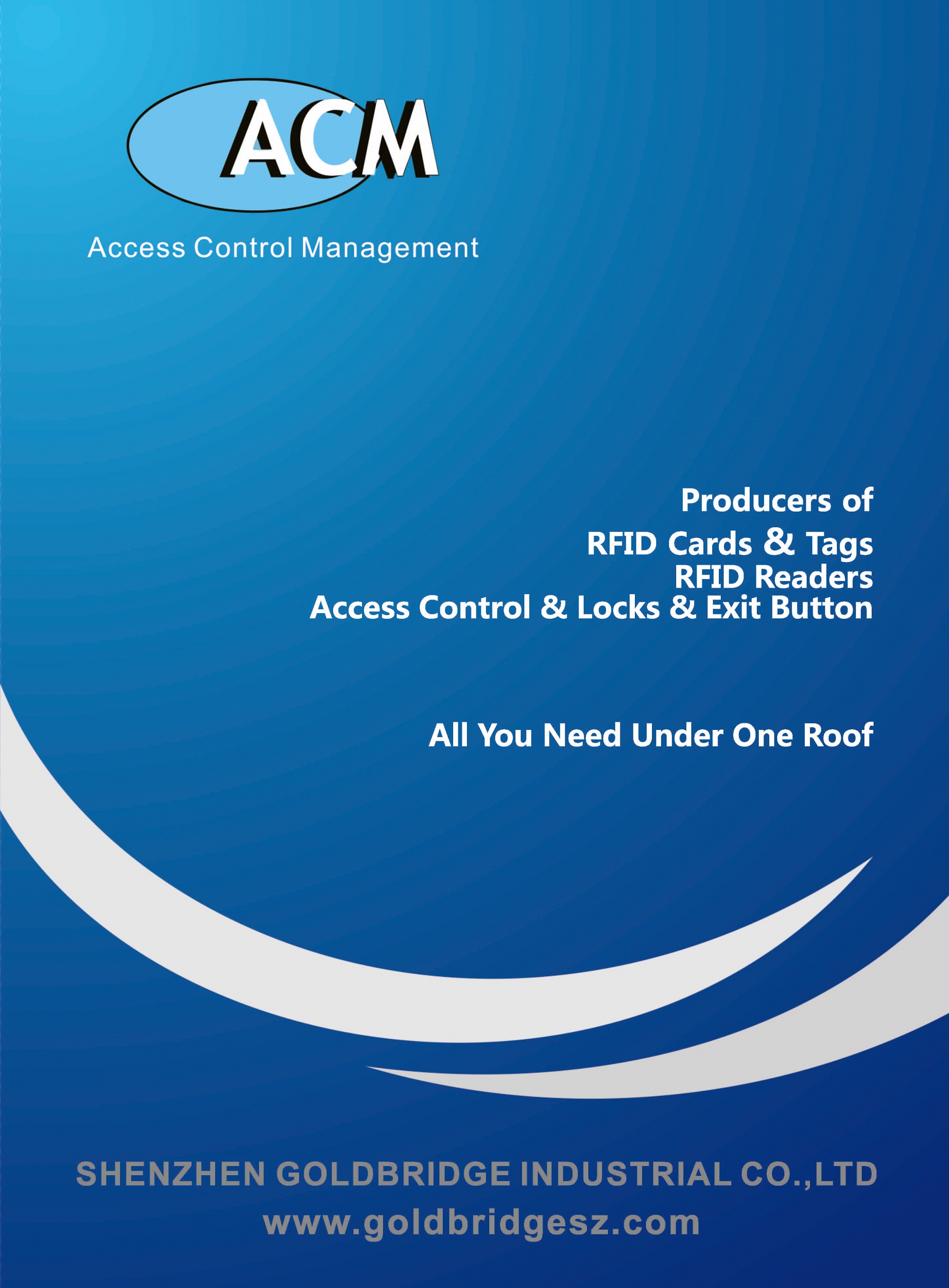How retailers use RFID to prevent theft
In addition, retailers need to reduce the risk of store theft and employee fraud at every step of their operations. In order to effectively deal with such challenges, many retailers are using RFID to prevent theft and reduce management errors.

According to the National Retail Fund (NRF), US retailers lose more than $60 billion in revenue each year due to theft and employee fraud. NRF also found that retailers suffer inventory shrinkage of up to 1.6% each year (a term used to express inventory loss). For a company like Wal-Mart, this means that it will lose about $8 billion in revenue within a year. Using RFID to prevent theft and fraud and combat counterfeit products is the best way for retailers to cope with the rising rate of theft.
Why use RFID to prevent theft and reduce retail costs
Now the retail industry is becoming more and more complex in terms of processes and technology adoption. Retail companies now need sophisticated technology to ensure the bottom line of issues such as asset protection, loss prevention, and information security. It is estimated that two-thirds of the retail industry’s annual losses are caused by inventory losses and employee theft.
Retailers are also using RFID technology to follow the modern trend and improve the management of every step in their inventory management and consumer fulfillment business. The commodity-level RFID system improves inventory accuracy and process tracking, while allowing retailers to effectively investigate and manage problems.
The following are four ways that RFID helps retailers manage and prevent losses throughout the industry:
Fully supervise all company assets using RFID
At first, the company only used RFID technology to track expensive assets. When distributing tablets or laptops to employees, the company can add a label to prevent someone from leaving the office building with the device without authorization. As the cost of this technology decreased and became easier to implement, retailers quickly began to adopt RFID systems to manage inventory throughout the supply chain.
Most people find that although inventory management and inventory replenishment are the main goals of deploying RFID, its return on investment (ROI) far exceeds expectations. In the retail industry, the reduced cost of RFID implementation makes it an ideal choice for establishing a complete asset management and supervision system. For retailers, if someone tries to sneak out of the gate with stolen goods, the use of RFID readers at all exit locations can trigger an alarm. Electronic commodity surveillance (EAS) systems are also now commonplace, which provides additional benefits for retailers.
Readers at all exits identify the RFID tags on individual items, which can provide decision makers with valuable data, such as which items are easy to be stolen, and remind employees of any attempted theft; it can also indicate the ideal trend of the product and implement it. Additional security management to curb the losses caused by theft; it can also quickly replace the stolen products to avoid sales losses caused by out of stock.
Commodity-level RFID tags provide inventory visibility
RFID plays a wonderful role in tracking all products in the entire retail supply chain. Companies can deploy this technology to manage and track every item in inventory, from the source to the final destination. By cooperating with manufacturers, retailers can also use RFID sensors to record the price, quality information, shipping details, and intended destinations of specific commodities. RFID tags can provide wise business decisions, demand analysis and prevent inventory shrinkage for companies at each stage of the supply chain based on the collected data.
In the inventory tracking process, companies can know the current location of the goods, the number of items, and how long it will take to replace items lost in transit. All this is due to RFID monitoring all the information. Another advantage is that once the employee knows that every item is being tracked, the employee's intention to steal will be relatively weakened. Using RFID to prevent retail theft can increase employee accountability and help optimize upstream distribution processes.
Use RFID to accurately track the data review process
Compared with other technologies such as barcodes, RFID chip technology can store specific information at different stages of the label. Companies can add timeline nodes for products arriving at specific locations, track the time between destinations, and record who has accessed the product or inventory at each step of the entire supply chain. Once the product is lost, the company can find the personnel who visited the batch, review the upstream process and accurately identify where the item was lost.
RFID sensors can also measure other factors in transportation, such as recording item impact damage and transportation time, as well as the exact location in the warehouse or store. Such inventory monitoring and audit trails can help reduce retail losses in weeks instead of years, thereby providing an immediate return on investment. The management can call up the complete historical record of any item in the entire supply chain, and provide assistance when the company investigates missing items.
Use RFID to track employees and products to prevent theft
Another way for retailers to reduce losses and determine who is responsible for the losses is to track the movement of all employees. If employees use access cards to pass through different areas of the store, the company can determine where everyone was when the product was lost. RFID tracking of products and employees allows the company to find possible suspects only by extracting the visit history of each employee.
Combining this information with a security surveillance system, the company will be able to build a comprehensive case against thieves. The FBI and other organizations have used RFID tags to track visitors and people in their buildings. Retailers can use the same principle to deploy RFID in all their locations to prevent fraud and theft.


